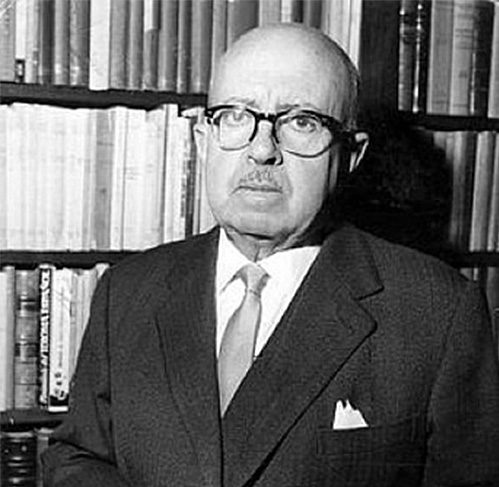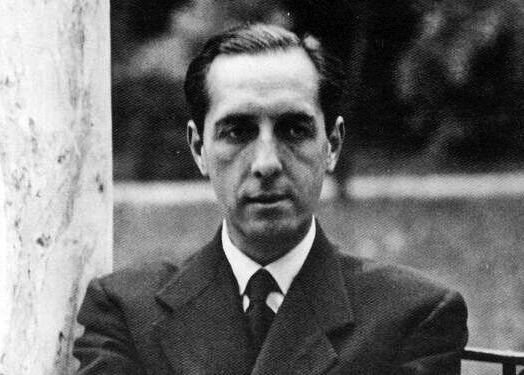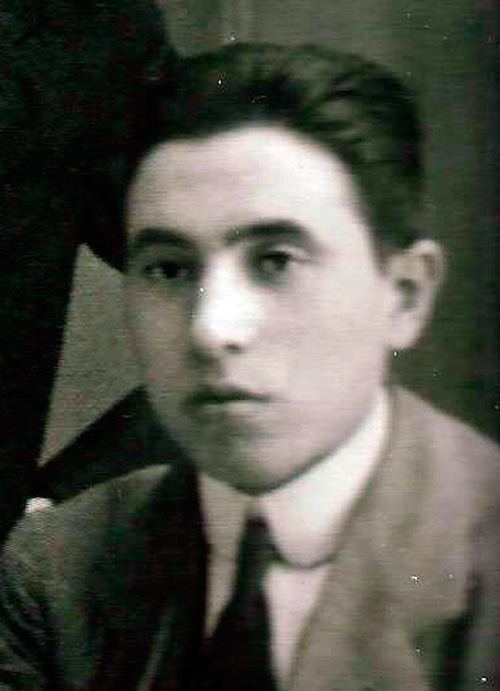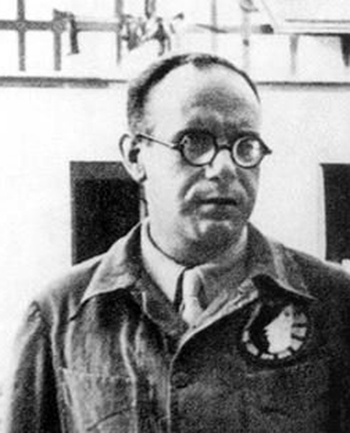Spanish writer and philologist belonging to the Generation of ’27. He was born in Madrid in 1898, where he spent most of his life and where he died in 1990. His father was from Ribadeo and his mother from Los Oscos (Asturias). He spent his early years in Asturias, but he went to high school at the Jesuit college in Madrid. Although his family encouraged him to study engineering, he soon opted for literary studies, perhaps also influenced by his early friendship with Vicente Aleixandre.
He obtained a degree in law and a doctorate in literature. From 1921, he was a member of the Center for Historical Studies and collaborated in the Courses for Foreigners at the Residencia de Estudiantes (Students’ Residence) and in the magazine Spanish Philology (of which he became director as well as the Gredos Hispano-Romance Library collection). He spent nine years teaching Spanish Literature and Language in foreign universities and later became a professor at the universities of Valencia, Barcelona and Madrid. He combined his studies with his poetic works. He directs the Antonio de Nebrija Institute of the Spanish National Research Council and collaborates with the magazine Occidente and Los Cuatro Vientos.
In 1929, he married the writer Eulalia Galvarriato.
Dámaso Alonso was with his mother in Granada. Lorca acted as cicerone. He showed him the city and surprised him in the Restaurant Seville that no longer exists, introducing him to a waiter (the owner of the place) able to recite the ‘First Solitude’ by heart.
Dámaso Alonso led the revaluation of Góngora in the 1920s. He participated in the 1927 tribute to the Baroque writer. The visit to Seville, made by train by seven literary men from Madrid (Federico, Rafael Alberti, Gerardo Diego, Dámaso Alonso, Juan Chabás, Jorge Guillén and José Bergamín) along with Ignacio Sánchez Mejías, promoter of the visit, is remembered by Alonso in several of his texts. At the subsequent party at the Sánchez Mejías estate, Dámaso recited from memory the one thousand ninety-one verses of Góngora’s First Solitude which explains why the visit (immortalized in the photo of Pepín Bello) ended with the poetic coronation of Dámaso Alonso with an olive branch, recognized as the highest authority on Góngora. In this year he published an edition of the Solitude accompanying the text with a paraphrase or quasi-translation of the Gongorine poem. He is ascribed by this and other critical texts to the Stylistics current. Also 1927 was the year in which he was awarded the National Poetry Prize.
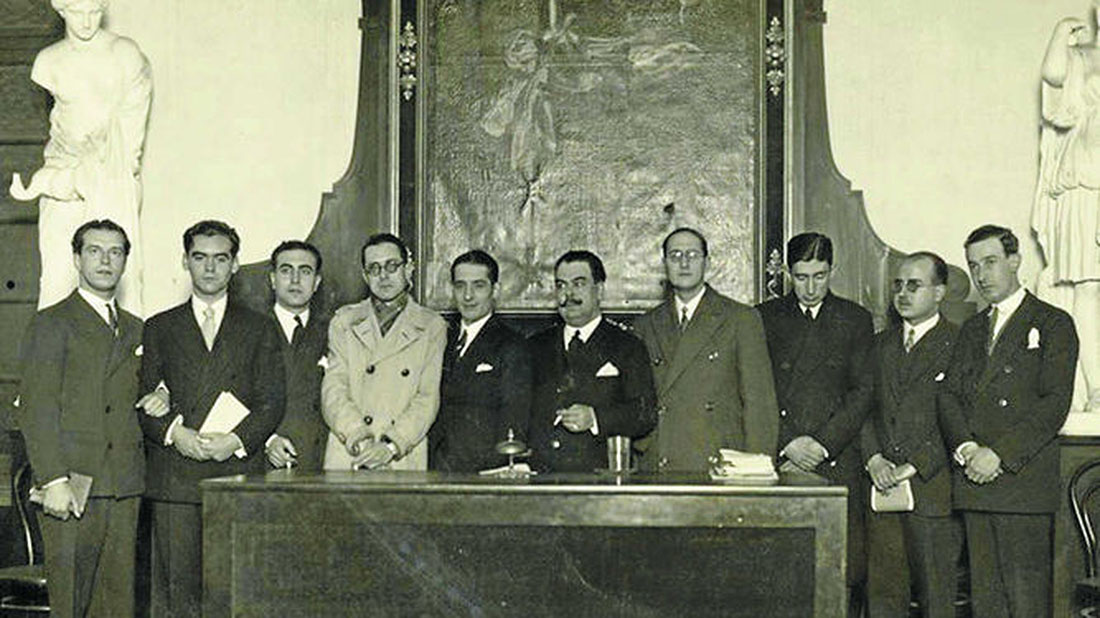
After the trip to Seville, Dámaso Alonso stayed with his mother in Granada. Lorca acted as cicerone. He showed him around the city and surprised him at the Restaurant Seville that no longer exists, introducing him to a waiter (the owner of the place) capable of reciting the First Solitude by heart.
Possibly Dámaso Alonso attended the last Madrid reading that Lorca was able to do, ‘The House of Bernarda Alba’. It was the night of July 12 to 13, 1936 at the home of Dr. Eusebio Oliver, friend and doctor of Federico’s father, at 28 Lagasca Street.
In 1929, he meets up with Federico in New York. He arrived a few months later as visiting professor at Hunter College and shared some of the meetings attended by Federico. In his writings he has left a record of the impression that the poet produced on his audience, with his personality, his piano and his songs.
Possibly Dámaso Alonso attended the last Madrid reading that Lorca was able to do, The House of Bernarda Alba. It was the night of July 12-13, 1936 at the home of Dr. Eusebio Oliver, a friend and doctor of Federico’s father, at 28 Lagasca Street.
After the war, he remained in Spain, being considered by critics as an author belonging to uproot poetry. His book Children of Wrath was fundamental in post-war Spanish poetry. After the war he was purged and removed from his post without sanction. Later, in 1941, he obtained the chair of Romance Philology at the University of Madrid. He was a full member since 1945 and director of the Spanish Royal Academy a from 1968 to 1982, succeeding Menéndez Pidal. He was also appointed member of other academies and associations, such as the Royal Academy of History, the Modern Language Association and the Association of Hispanists, which he also chaired from 1962 to 1965. The Dámaso Alonso room of the RAE (Spanish Royal Academy) contains the author’s library. He received the Cervantes Prize in 1978. The Library of the Cervantes Institute in Dublin bears has borne his name since February 14, 2007.
He died in 1990, at his home in Madrid.
